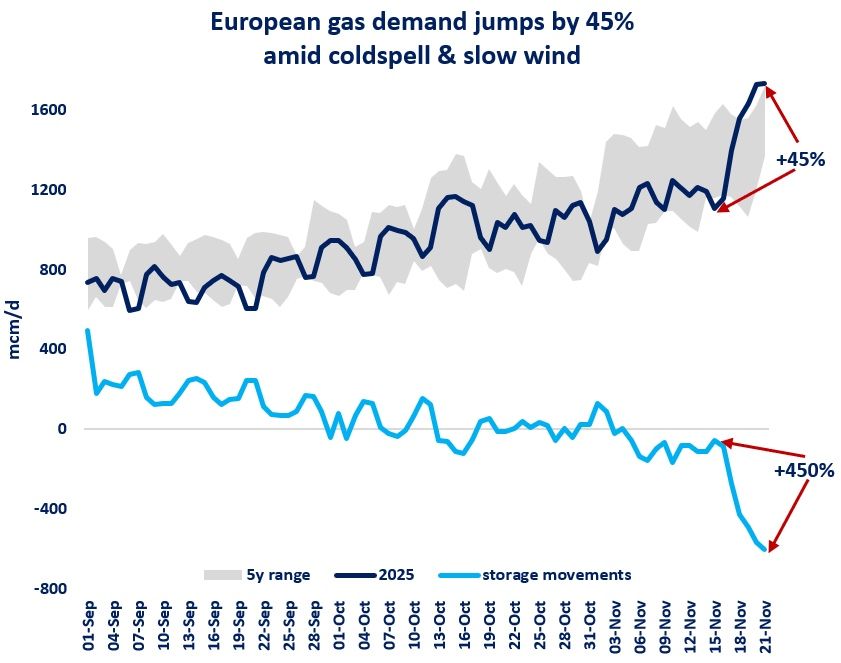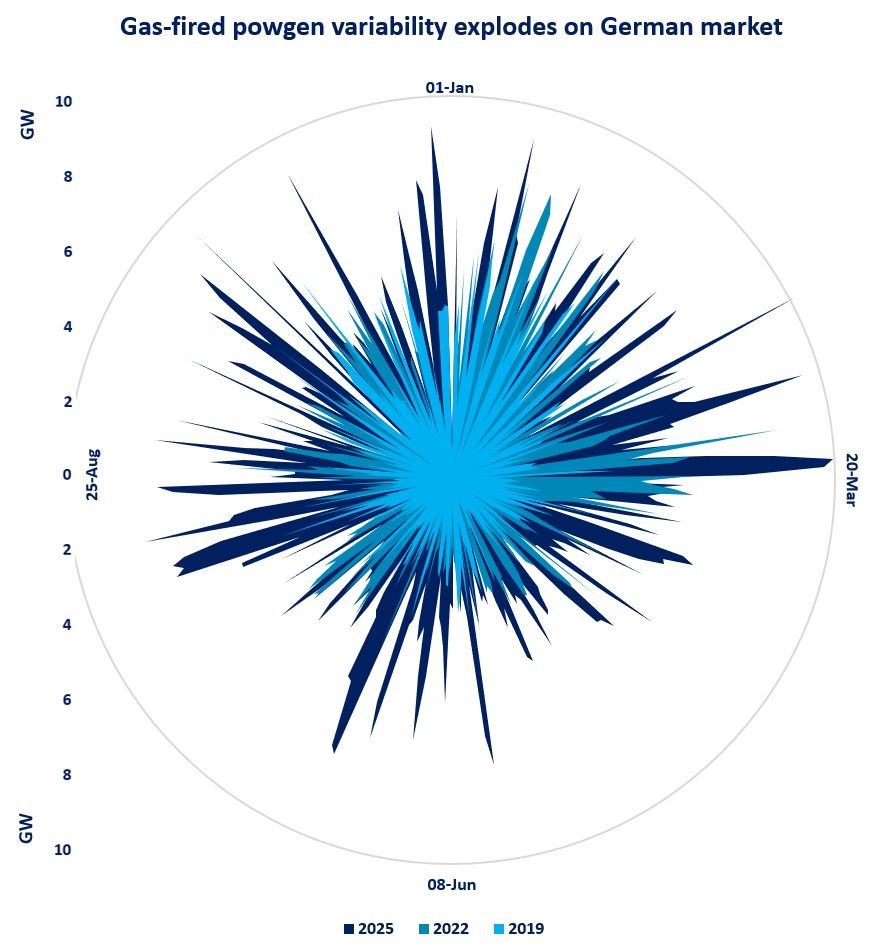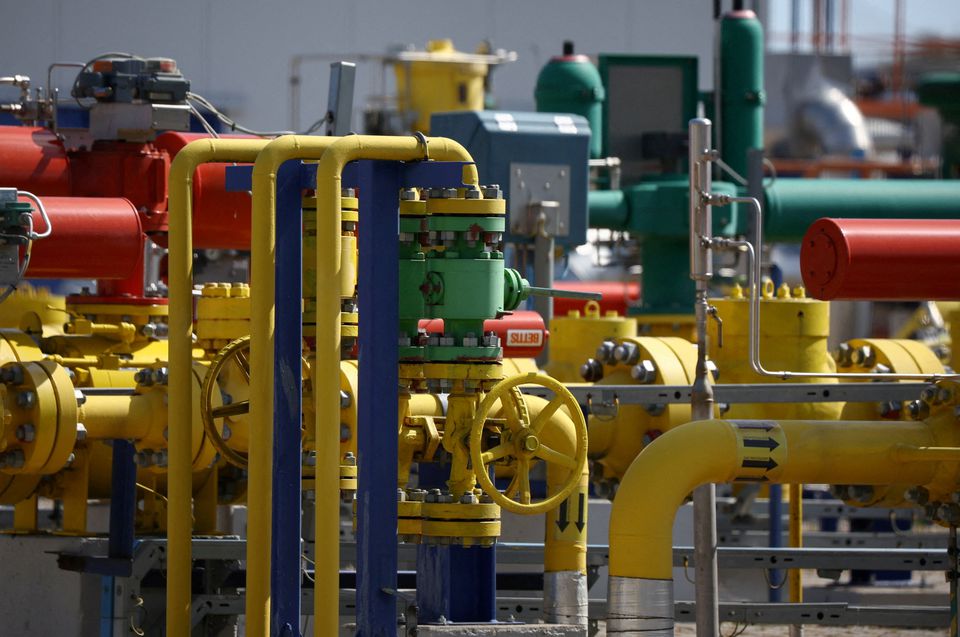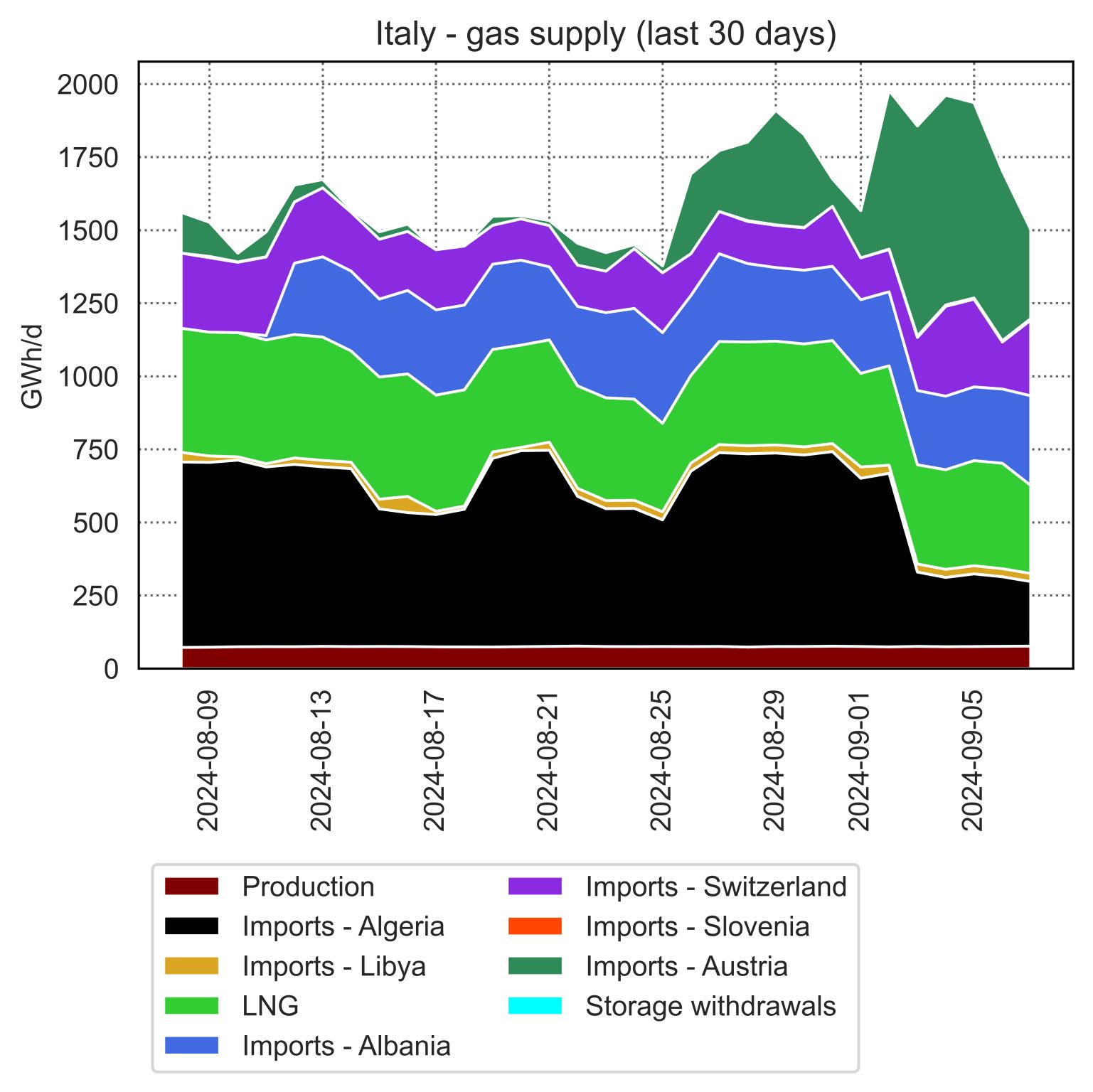

EU gas demand fell by 55 bcm in 2022, its steepest drop on record. but how much of that was structural, how much lucky weather and painful demand destruction industry?
Our very first estimates shows that milder weather accounted for about one-third of the demand decline seen in 2022.
Most of that concentrated in Q4, when a particularly mild October and November effectively delayed the European heating season by a month. this is not structural change, just being lucky on the weather.
Demand destruction in industry, especially in the most gas-intensive industries, accounted for just over 20% of the demand drop. this is not structural, painful for the economy and can undermine food supply security.
Fuel-switching to more polluting fuels (primarily fuel oil and coal) accounted for at least 25% of the demand reduction. most of this is not structural either and follows closely price signals.
Altogether, structural demand reduction accounted to an estimated 20% in 2022 -the other 80% is lucky weather, industrial demand destruction and switching to more polluting fuels.
Timely policy action enacted in 2022 will be crucial to enable a smarter and more structural demand reduction in gas, through an accelerated deployment of renewables, heat pumps and enhanced energy efficiency.
What is your view? How will European gas demand dynamics evolve in 2023? How much downside flex is left?
Source: Greg MOLNAR (LinkedIn)













